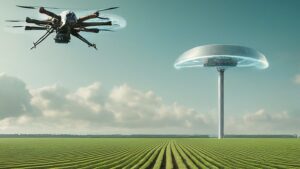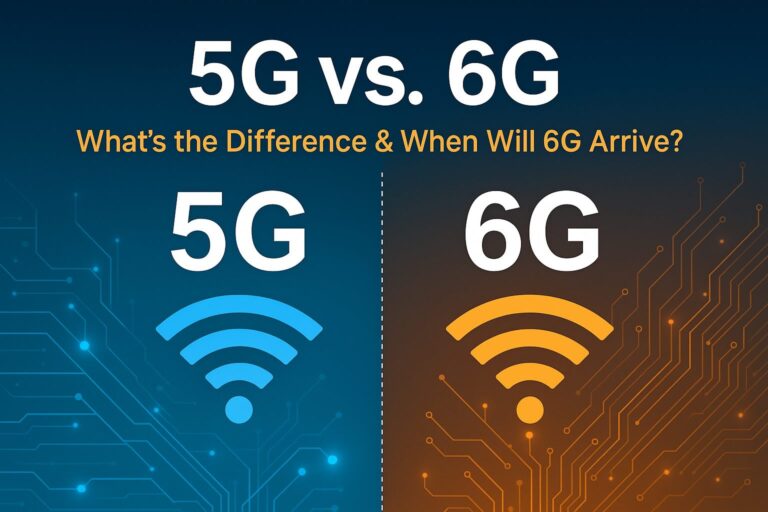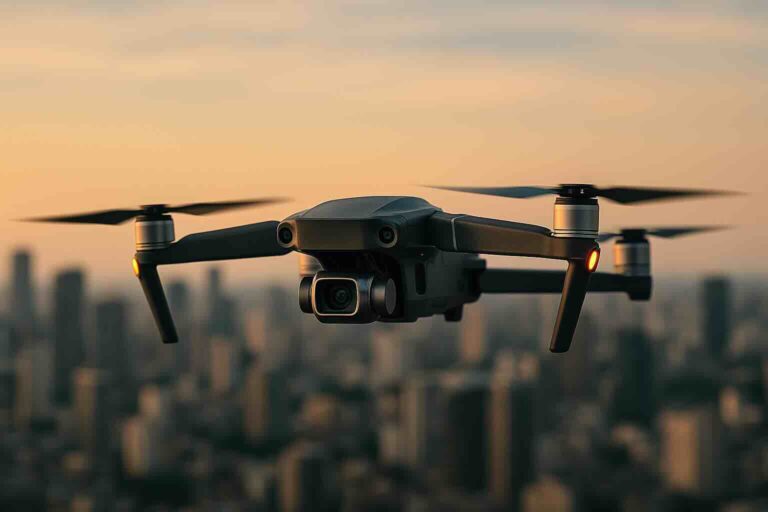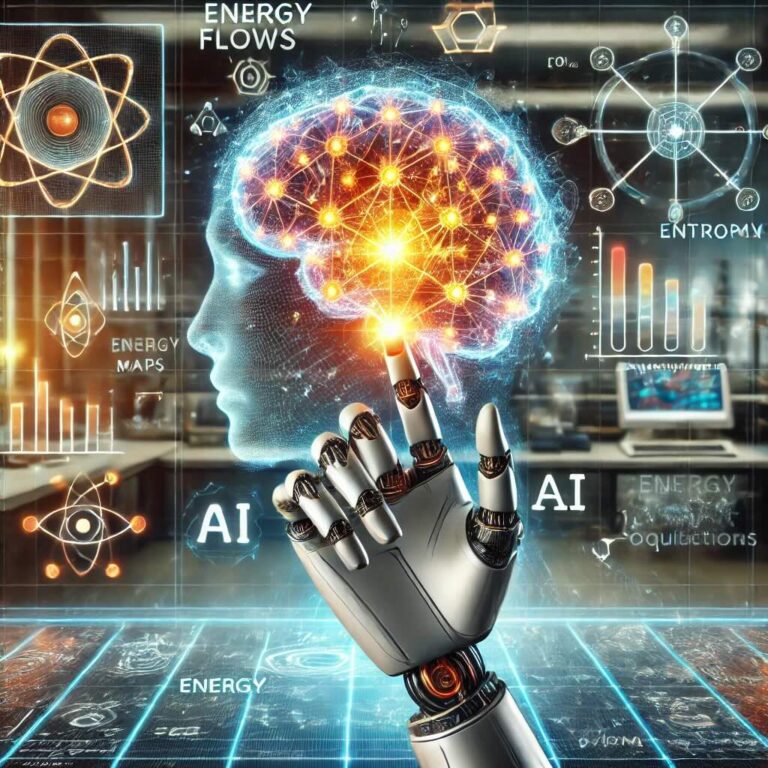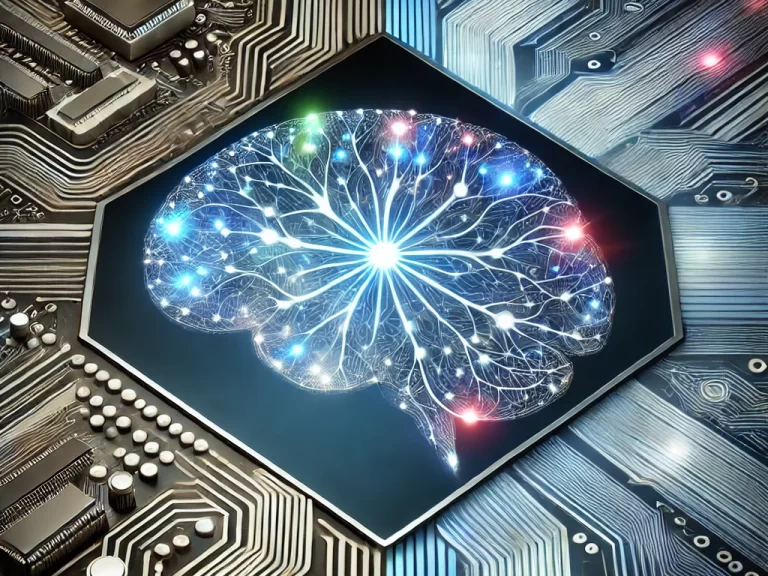In 2024, technology is advancing at an unprecedented rate, bringing futuristic gadgets to life that promise to revolutionize how we live, work, and play. Here are ten real-life products set to amaze and inspire in the near future:
1. Tesla Bot
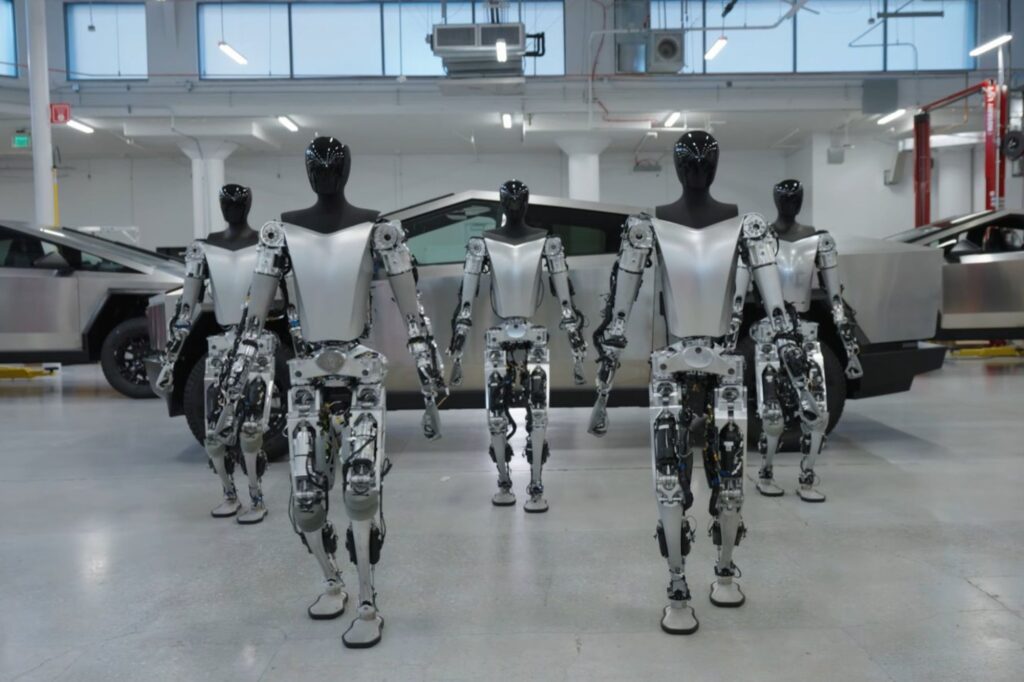
Elon Musk’s Tesla Bot is a humanoid robot designed by Tesla, led by Elon Musk. It aims to automate tasks that are repetitive, dangerous, or tedious for humans.
Key Features:
- Humanoid Design: The robot is designed to have a humanoid form factor, resembling a human in shape and movement.
- AI-Powered: It leverages advanced artificial intelligence (AI) to perceive and interact with its environment.
- Autonomous Capabilities: Capable of performing tasks autonomously, such as picking up groceries, doing household chores, or assisting in manufacturing environments.
- Safety Features: Built with safety in mind, with sensors and algorithms to prevent collisions and ensure safe interactions with humans.
Applications:
- Home Assistance: Could assist in household chores like cleaning, cooking, and maintenance.
- Manufacturing: Used in factories for assembly line tasks to improve efficiency and safety.
- Healthcare: Potential applications in healthcare settings for patient care and assistance.
2. Meta (formerly Facebook) Reality Labs Glasses
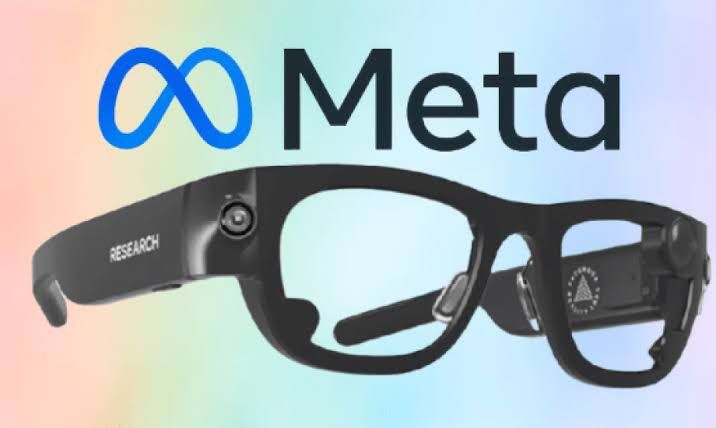
Meta’s Reality Labs is developing augmented reality (AR) glasses that integrate digital information with the physical world.
Key Features:
- Augmented Reality: Overlay digital objects and information onto the real-world environment.
- Immersive Experiences: Enhance gaming, entertainment, and educational experiences by blending virtual and physical realities.
- Hand Gesture Control: Intuitive control mechanisms using hand gestures for navigation and interaction.
- Voice Commands: Integration with voice commands for seamless operation.
Applications:
- Professional: Used in industries like architecture, engineering, and design for virtual prototyping and visualization.
- Education: Enhance learning experiences with interactive 3D models and virtual simulations.
- Entertainment: Gaming and media consumption with immersive augmented reality content.
3. IBM Quantum System Two
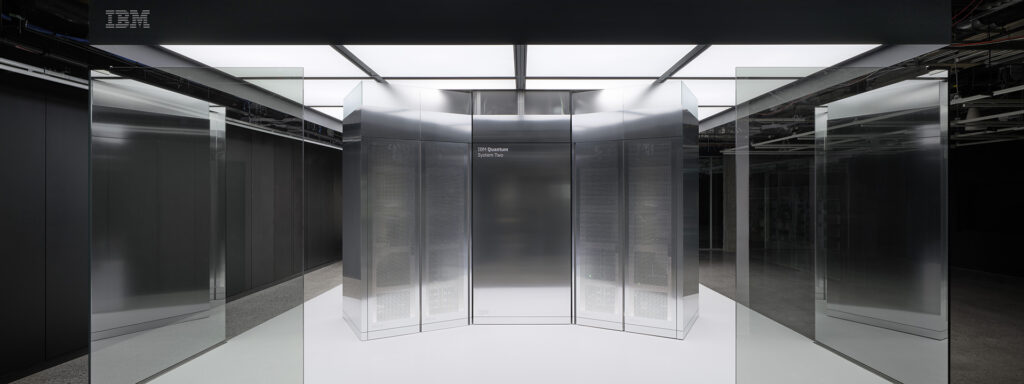
IBM’s Quantum System Two represents a leap forward in quantum computing, offering enhanced capabilities for solving complex problems. It’s paving the way for breakthroughs in fields like cryptography, materials science, and drug discovery.
Key Features:
- Quantum Processing: Utilizes qubits for processing information, offering capabilities beyond classical computers.
- High Performance: Handles complex calculations and simulations that are infeasible for traditional computers.
- Scalability: Designed with scalability in mind to support future advancements in quantum algorithms and applications.
- Cloud Access: Provides cloud-based access to quantum computing resources for researchers and developers.
Applications:
- Scientific Research: Accelerates research in fields like chemistry, physics, and materials science.
- Cryptography: Enhances security with advanced encryption and decryption algorithms.
- Machine Learning: Optimizes machine learning models and algorithms for pattern recognition and data analysis.
4. Microsoft HoloLens 3
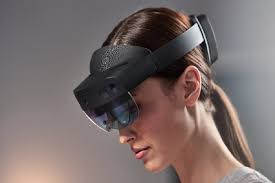
The Microsoft HoloLens 3 is an advanced mixed reality headset that combines virtual and augmented reality experiences.
Key Features:
- Mixed Reality: Blends holographic content with the real world, creating immersive mixed reality environments.
- Improved Field of View: Enhanced field of view for a more natural and expansive view of holograms.
- Spatial Mapping: Precise mapping of physical surroundings for accurate placement of virtual objects.
- Gesture and Voice Control: Intuitive interaction through gestures and voice commands.
Applications:
- Industrial: Used in manufacturing and design for virtual prototyping and spatial planning.
- Medical: Training simulations for surgery and medical procedures.
- Education: Interactive learning experiences with 3D models and virtual tours.
5. Amazon Astro
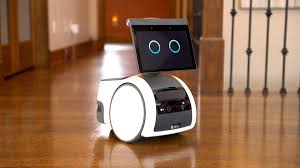
Amazon Astro is a home robot equipped with AI and sensors to assist with household tasks and entertainment.
Key Features:
- AI Assistant: Integrates with Amazon Alexa for voice commands and smart home control.
- Navigation: Navigates autonomously around the home using advanced sensors and mapping technology.
- Security Monitoring: Surveillance capabilities to monitor home security and send alerts.
- Entertainment: Plays music, streams videos, and provides interactive content.
Applications:
- Home Automation: Automates tasks like setting reminders, managing schedules, and controlling smart home devices.
- Companion: Provides companionship for elderly individuals or those with limited mobility.
- Pet Care: Monitors pets and dispenses treats or interacts with them remotely.
6. Apple AR Glasses
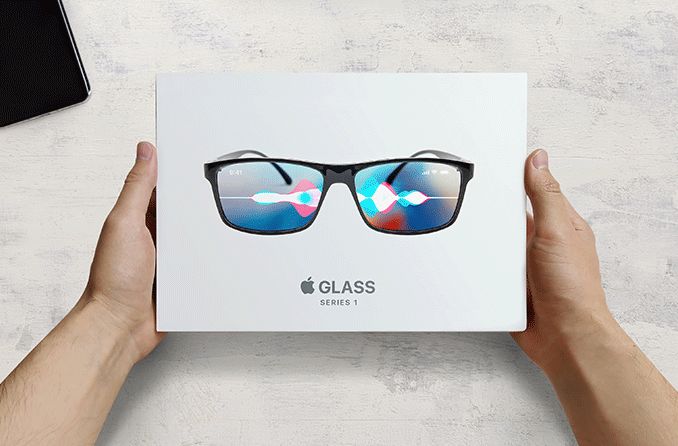
Apple’s AR Glasses are rumored to revolutionize augmented reality experiences with seamless integration into Apple’s ecosystem.
Key Features:
- Augmented Reality: Displays digital content overlaid onto the real world through lenses.
- Integration: Seamlessly connects with iPhone and other Apple devices for synchronization and data sharing.
- High-Resolution Display: Offers crisp visuals and immersive AR experiences.
- Hand Gesture Recognition: Gesture-based controls for intuitive interaction.
Applications:
- Productivity: Enhances productivity with virtual desktops, collaborative workspaces, and real-time data visualization.
- Gaming: Immersive gaming experiences with interactive 3D environments and multiplayer AR games.
- Navigation: AR-guided navigation and real-time information overlays for travelers and commuters.
7. Neuralink
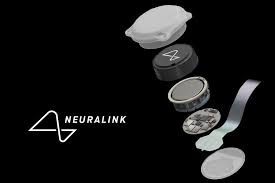
Neuralink, founded by Elon Musk, aims to develop brain-computer interface technology to connect the human brain directly with machines. In 2024, advancements could enable individuals to control devices and interact with computers directly through their thoughts, with potential applications in healthcare and accessibility.
Key Features:
- Brain-Computer Interface: Implants designed to read and transmit neural signals for communication with external devices.
- Medical Applications: Potential treatments for neurological disorders and disabilities.
- Cognitive Enhancement: Enhances cognitive abilities and mental functions through direct neural stimulation.
- Ethical Considerations: Addresses ethical concerns regarding privacy, consent, and the impact on human cognition.
Applications:
- Healthcare: Assists individuals with disabilities by enabling control of prosthetic limbs and assistive devices.
- Communication: Enables communication for individuals with severe communication impairments.
- Research: Facilitates research in neuroscience and neurotechnology for understanding brain functions.
8. Boston Dynamics Stretch

Boston Dynamics’ Stretch is a robotic arm designed for warehouse automation and logistics applications.
Key Features:
- Flexible Arm Design: Adaptable to various tasks such as picking, packing, and sorting.
- High Payload Capacity: Handles heavy loads efficiently in warehouse environments.
- Autonomous Operation: Operates autonomously with built-in sensors and navigation systems.
- Integration: Integrates with existing warehouse management systems (WMS) for seamless operation.
Applications:
- Warehouse Automation: Automates repetitive tasks in logistics and distribution centers.
- Inventory Management: Efficiently manages inventory with precision and speed.
- Supply Chain Optimization: Improves supply chain efficiency and reduces operational costs.
9. Samsung Freestyle Projector
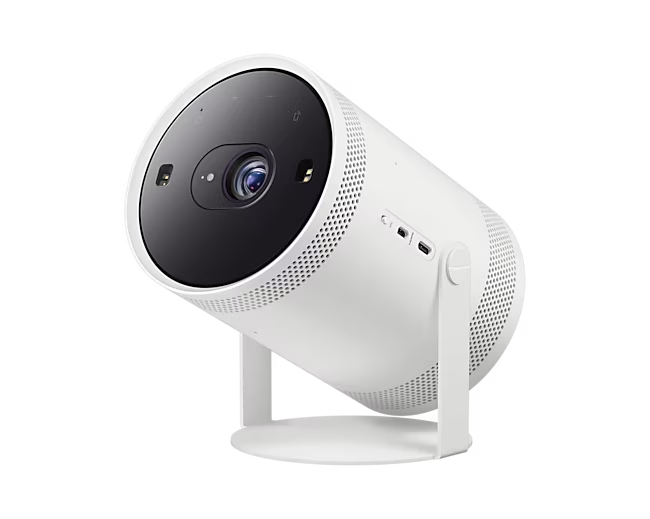
Samsung’s Freestyle Projector is a portable smart projector capable of projecting images onto any surface.
Key Features:
- Portable Design: Compact and lightweight for easy transportation and setup.
- Versatile Projection: Projects images on irregular or curved surfaces with adjustable focus.
- Smart Connectivity: Connects wirelessly to devices for streaming content and presentations.
- Built-in Apps: Pre-installed apps for multimedia playback and streaming services.
Applications:
- Home Entertainment: Creates immersive home theater experiences with large-screen projection.
- Presentations: Portable solution for business presentations and educational sessions.
- Outdoor Events: Ideal for outdoor movie nights, events, and gatherings.
10. Sony Airpeak S1
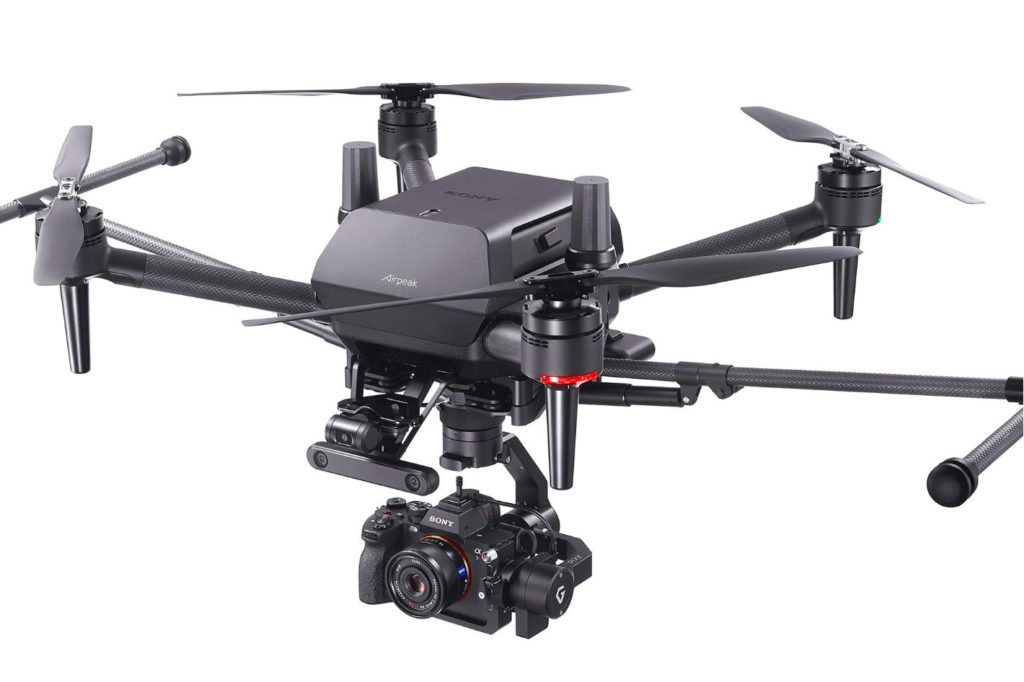
Sony Airpeak S1 is a professional-grade drone designed for filmmakers and content creators.
Key Features:
- High-Quality Imaging: Equipped with advanced camera systems for high-resolution aerial photography and videography.
- Stability and Control: Built-in stabilization systems for smooth flight and precise control.
- Compact Design: Portable and foldable for easy transportation and deployment.
- Intelligent Flight Modes: Automated flight modes for capturing cinematic shots and maneuvers.
Applications:
- Film Production: Captures aerial footage for movies, documentaries, and promotional videos.
- Surveying and Mapping: Conducts aerial surveys and creates 3D maps of terrain and landscapes.
- Event Coverage: Provides aerial coverage of events, sports competitions, and concerts.
Embrace the Future Today
These futuristic gadgets of 2024 represent the cutting edge of technology, offering innovative solutions to enhance productivity, entertainment, healthcare, and everyday life. As these technologies continue to evolve, they promise to redefine industries, create new opportunities, and inspire creativity on a global scale. Embrace the future today and witness firsthand how these advancements are shaping our world for tomorrow.

